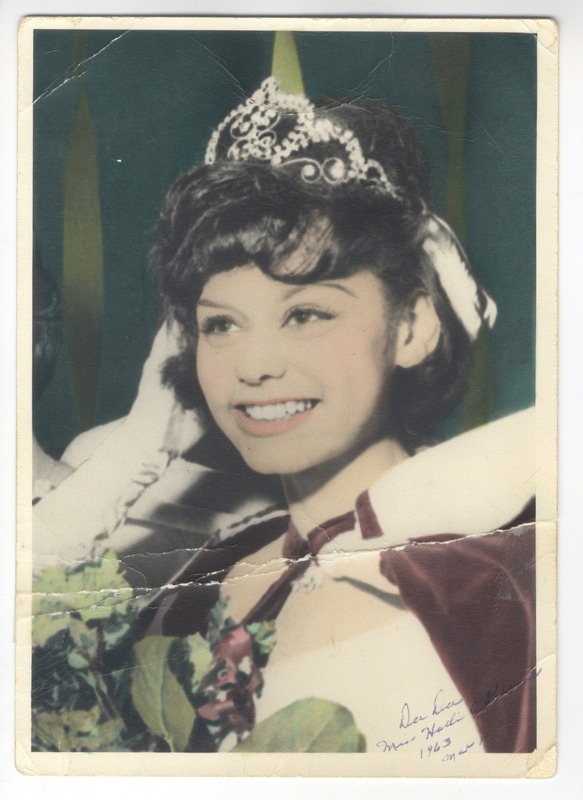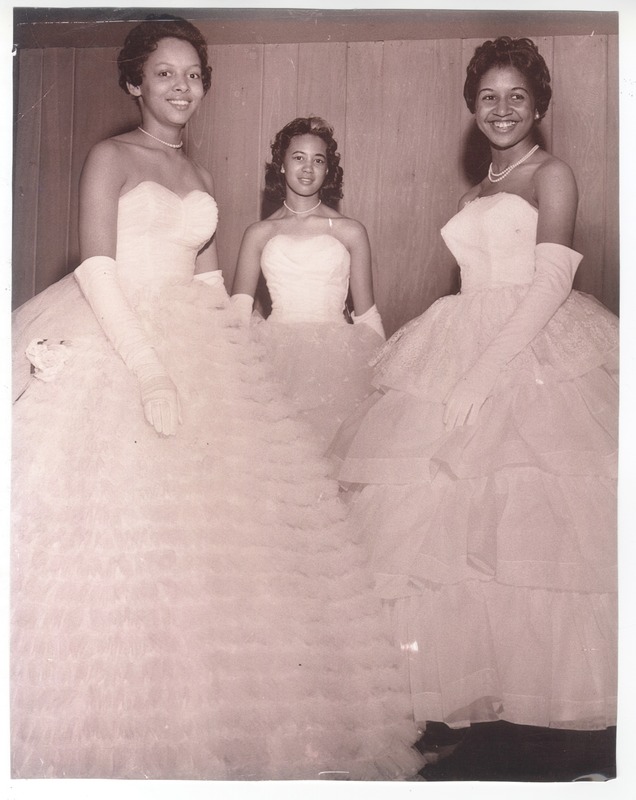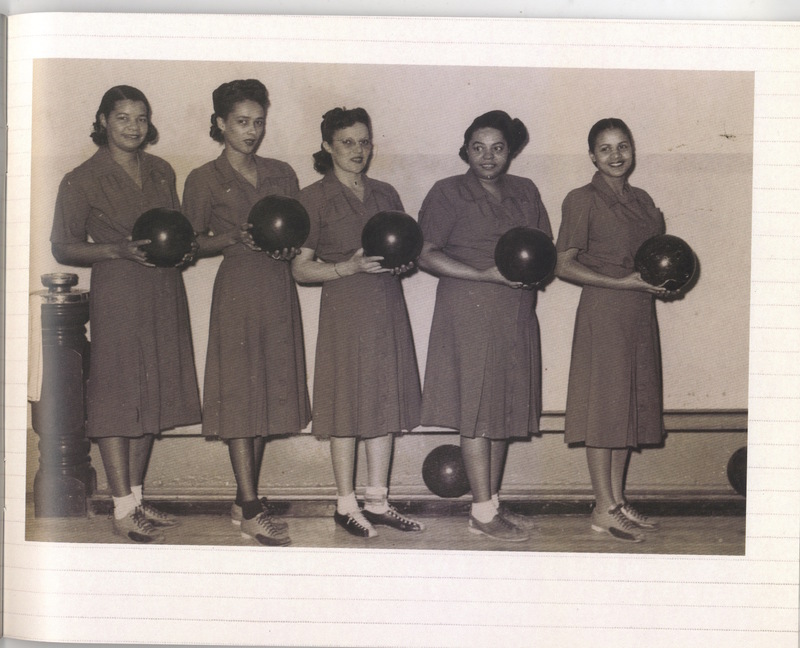The Women Who Made Rondo
Growing up in Rondo before the construction of I-94 meant growing up surrounded by the entire community. Deborah Montgomery, a respected community leader raised in Rondo, reflects on her childhood as living in a “strong village environment, [where] everybody looked out for each other’s families”. (1) Rondo was a community where children were encouraged to follow their passions and be who they wanted. Women augmented neighborhood bonds by creating organizations, institutions, and clubs that provided outlets for the women in the community to interact with one another and participate in the greater neighborhood. Each of these establishments presented the women of Rondo with the opportunity to explore interests that were not available individually within their homes or outside of Rondo, due to racial and class discrimination.
When thinking about the social institutions that were available to women in Rondo during this time there are two main categories: community center programs and smaller social groups. Programs provided by community centers, such as the Hallie Q. Brown, presented women with the opportunity to participate in large-scale events and organizations. They also gave the chance for broad-based skill sets to be learned, such as formal etiquette and dance. While smaller social groups, like clubs and leagues, offered interpersonal connections to be made. These smaller groups also allowed women to learn new skills that were more specific and allowed for expertise to be established in a single area.
The United States is littered with community centers, but Rondo’s Hallie Q. Brown center is different from most. In 1929, the Hallie Q. was built to serve as a settlement house for the African Americans in Saint Paul. As years passed, the Center’s goals shifted and it became a place where community members could gather and skills could be gained. Barbara “Petey” Vassar Gray participated in a club called ‘The Doll Club’ at the Hallie Q. This club gave women in Rondo the chance to learn about poetry, music, and other skills that were considered necessary for women to have. These skills were then honored in the events and celebrations that took place in Rondo. One example of this is the coronation of Dee Dee Ray as the queen of the Hallie Q. Brown. This event brought citywide attention to Rondo by showing the accomplishments of Rondo residents.
Similar traditions such as cotillion were opportunities for the women in Rondo to showcase their skills and grace, attributes that many learned at the Hallie Q. In such presentations, the Hallie Q. demonstrated its influence and impact on the greater community.
In contrast to the larger scale programs provided at the Hallie Q., women also made their own smaller clubs. These clubs enabled women to gain specialized skills in areas that they were passionate about. The Rondo Women's Bowling League is one such club that encouraged women to pursue their interests. These women came together in their matching outfits to compete with each other and as a team against other bowling teams in the community. In The Days of Rondo by Old Rondo native Evelyn Fairbanks, she recalls being a part of the “Taylor’s Musical Strings,” a musical group comprised of girls from the community. These girls were given the chance to explore the arts and explore different string instruments. Then, after much practice, they demonstrated mastery by playing for different events in the community. Both of these organizations blossomed from simple collective actions by women in the community. They were established because women in Rondo wanted to pursue their passions, yet they were blocked from entering certain male dominated spaces. Thus, they created these spaces for themselves.
The Old Rondo community has served as a space where women are able to explore different facets of themselves through activities sponsored by larger institutions available to them, and by creating their own organizations. African American women in Minnesota have long had an influential impact on their communities, and the women of Rondo are no different. These influential women and programs helped shape the community into the diverse and the expansive neighborhood that it is today. From the current educational programming and food shelves at the Hallie Q. Brown to the performances put on at the Penumbra Theatre, Rondo continues to strive to create different opportunities for residents to explore their passions and build new skills. The women of Old Rondo accomplished much and the fruits of their labor are still being enjoyed to this day.
(1) Deborah Gilbreath Montgomery. Voices of Rondo: Oral Histories of Saint Paul’s Historic Black Community. (Minneapolis: Syren Book Company, 2005) 150.


